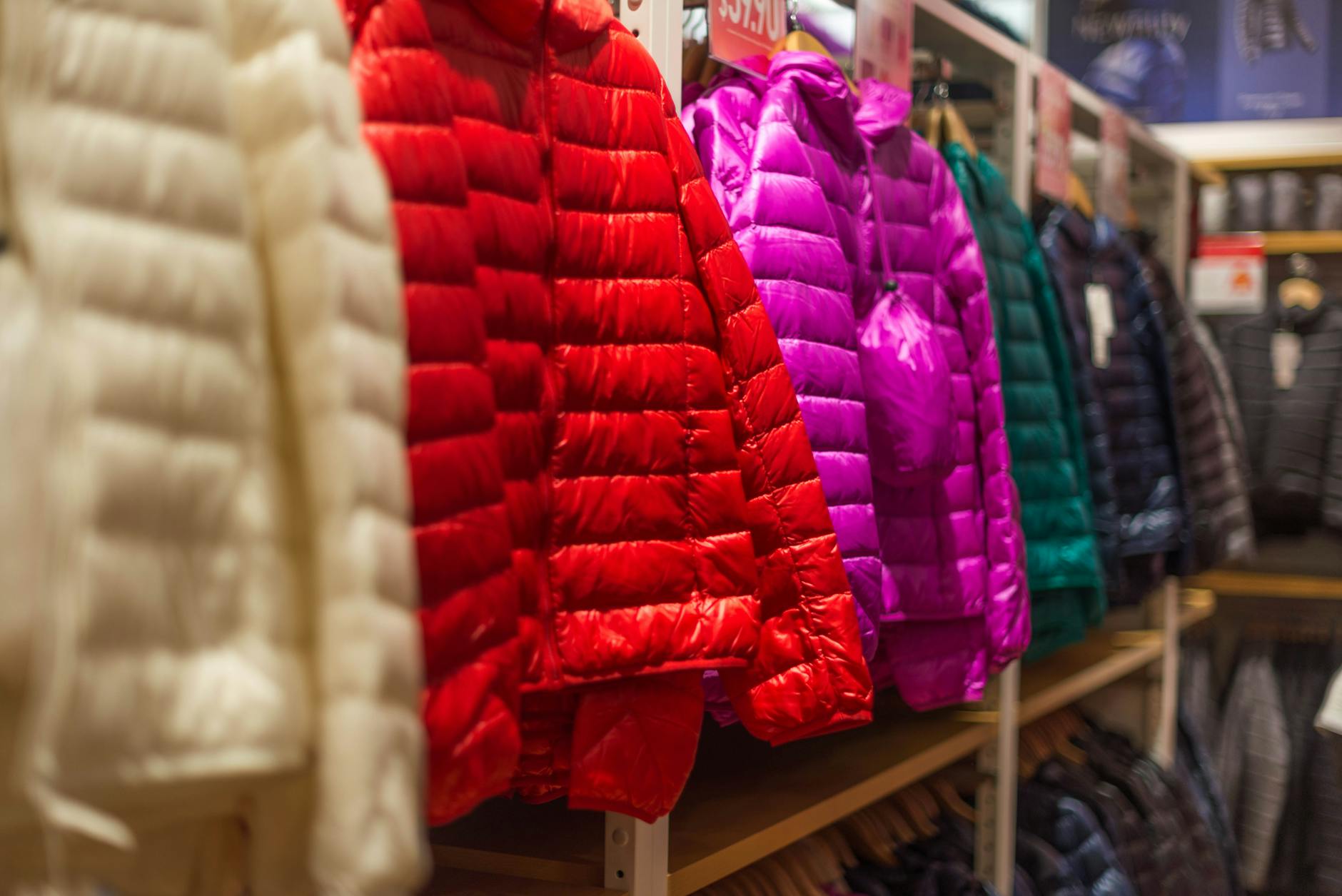How to Embrace Eco-Friendly Apparel Trends in Australia

Explore Sustainable Materials
Stepping into sustainable fashion doesn't require a deep dive into the industry's complexities. It's about understanding the basics, such as materials and how they impact the environment. Summer dresses with flowers are a wonderful starting point, showcasing how natural fabrics can combine aesthetic appeal with sustainability. Opting for a v neck maxi dress made from organic cotton or bamboo not only enhances your style but also reduces environmental waste.
It's crucial to look beyond the appeal of a pink off the shoulder dress and consider its material composition. Organic textiles offer numerous benefits, like lesser pesticide usage and lower water consumption. Additionally, innovative advances in apparel fibers, such as recycled polyester, are making waves. These fibers provide the same quality as virgin polyester but with a significantly reduced carbon footprint.
Here's what to consider:
- Natural Fibers: Seek out garments made from eco-friendly fibers that decompose quicker, creating less landfill waste.
- Recycled Materials: Embrace clothing crafted from repurposed materials, helping reduce the demand for new resources.
- Certification Labels: Look for certifications that guarantee the product aligns with environmental and ethical standards.
Sydney residents can take inspiration from locales like the Royal Botanic Garden Sydney, where nature meets urban elegance. By re-evaluating your fashion choices, you contribute to a greener planet and inspire others in your community.
Embrace Ethical Fashion
One of the key components of ethical fashion includes supporting local artisans who emphasize sustainable practices in their work. As a graphic designer in Sydney, I appreciate how supporting local creativity aligns with the enduring beauty of places like Barangaroo Reserve. It's not just about buying clothes but valuing the craftsmanship and stories behind them. By choosing garments like knitted dresses for women, you contribute to a sustainable lifestyle that nourishes local economies and promotes skilled craftsmanship.
To identify ethical fashion choices, understanding fair trade labels is crucial. These labels ensure that the clothes you're wearing were produced under fair labor conditions and with sustainable practices. Such a choice not only helps you avoid fast fashion but also supports more responsible manufacturing. When seeking to add a versatile piece to your wardrobe, something like a one shoulder white dress can be an excellent example of responsibly manufactured clothing.
By prioritising fair trade and local artisans, you champion an ethical approach to fashion that supports both the environment and communities. Making informed choices can empower you to create a wardrobe that reflects your values, mirroring the thoughtful design ethos found in products that harmonise style with sustainability. Let your choices reflect the tranquility and integrity of such spaces as Barangaroo Reserve, intertwining fashion with a commitment to the planet's future.
Incorporate Eco Trends into Style
Styling with Recycled Fabrics
Sustainable living is a growing interest, and incorporating eco trends into everyday style is a seamless way to adopt greener habits. One approach is by choosing clothing made from recycled fabrics. These materials not only reduce waste but also yield unique textures and appearances. Consider garments like an a line formal dress, which can bring both elegance and sustainability to your wardrobe. As you become more conscious of your fashion choices, you’ll notice how easy it is to find stylish options that support eco-friendly practices.
Layering for a Green Wardrobe
Layering is a key tactic for constructing a versatile wardrobe that balances style and sustainability. This method allows you to make the most of each piece, particularly when you opt for garments made from eco-friendly materials. For instance, a high neck maxi dress can be a centrepiece in multiple outfits by adding sweaters, wraps, or scarves fashioned from organic textiles. This approach not only maximises use but also encourages creativity in combining items for various occasions.
Accessorizing Sustainably
Accessories can significantly enhance an outfit without overwhelming your commitment to sustainability. Look for pieces crafted from recycled or ethically sourced materials to join style with conscience. This strategy invites exploration and reinvention while supporting environmental goals. As you explore Sydney’s vibrant fashion scene, picture the lively energy of local spots like Barangaroo Reserve, where creativity thrives alongside nature. These landscapes offer inspiration for finding fashion pieces that resonate with both personal style and sustainability goals.
Challenges in Adopting Eco Apparel
Limited Selection and Availability
When it comes to embracing eco-friendly fashion, one key hurdle is the limited selection and availability of sustainable options. This challenge is especially pertinent for those searching for specific garments like cocktail dresses adelaide sa. The demand for eco-friendly apparel is rising, yet the progression in market offerings still lags behind. Many sustainable brands focus on essentials or casual wear, leaving gaps in the formal attire segment.
Balancing Aesthetics and Ethics
Finding the perfect balance between aesthetics and ethics in fashion can be tricky. For instance, choosing a champagne color formal dress made from sustainable materials might require some compromise on style or color options. However, innovative designers are increasingly merging sustainability with stunning designs, offering consumers aesthetically pleasing pieces that don't sacrifice eco principles. The key lies in exploring various brands and spotting those committed to both style and sustainability.
Transitioning Existing Wardrobe
Transitioning an existing wardrobe to eco-friendly alternatives can appear daunting. Don't fret; it's not about overhauling every item at once. Begin by assessing the current wardrobe for sustainable items you can wear more often. Gradually replace non-sustainable pieces with eco-friendly options whenever reasonable. By doing so, not only will you align with more responsible fashion choices, but you'll also significantly contribute to a reduced environmental impact, paving the way for a greener wardrobe.


